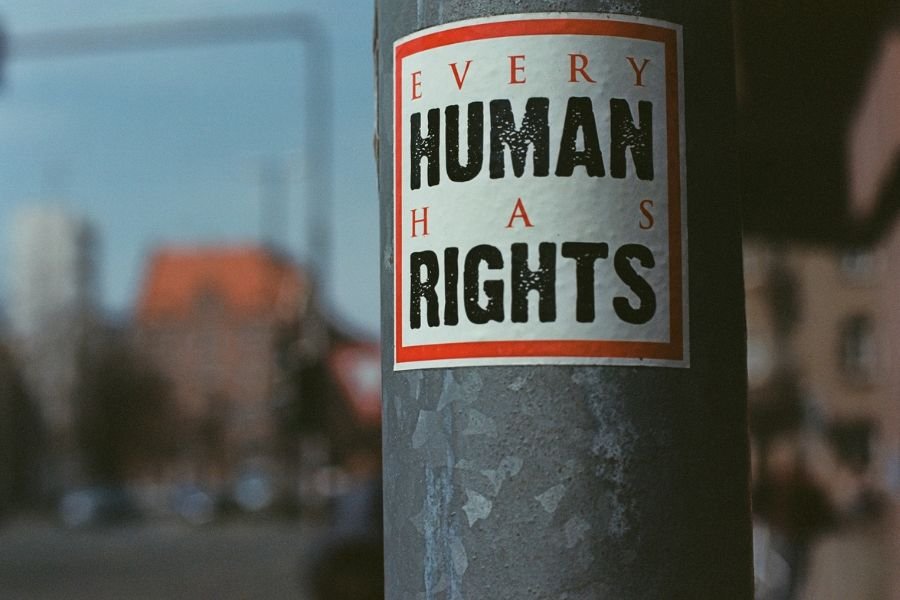International Bill of Human Rights
The International Bill of Human Rights is comprised of three documents:
Universal Declaration of Human Rights (1948)
International Covenant on Economic, Social and Cultural Rights (1966)
International Covenant on Civil and Political Rights (1966)
While the Universal Declaration of Human Rights is not legally-binding, the two covenants are. Accordingly, they serve as foundational documents in international human rights law.





